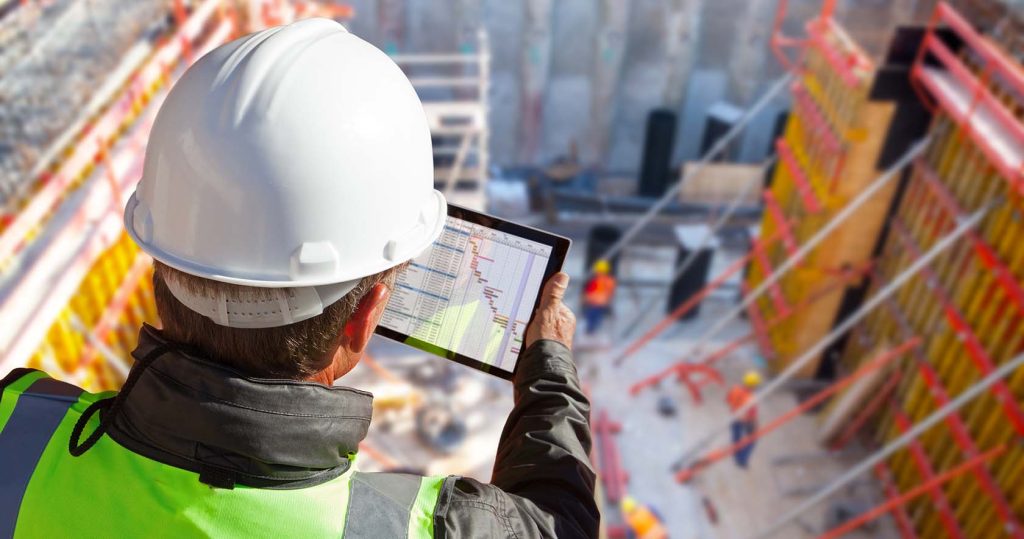Sustainable deep foundations are at the forefront of the green engineering movement, transforming the traditional methods of pile design. As the world increasingly focuses on reducing carbon footprints and minimizing environmental impacts, the construction industry is no exception. Pile foundations, which are crucial for supporting structures in challenging soil conditions; have historically been associated with high material use and energy consumption. However, recent advancements in sustainable engineering practices are significantly changing this landscape, leading to more environmentally friendly pile designs. One of the key drivers of this shift is the growing emphasis on lifecycle assessment LCA in construction projects. LCA is a method used to evaluate the environmental impacts associated with all stages of a product’s life, from raw material extraction through to disposal. In the context of pile foundations, this means considering not just the immediate costs and benefits of materials and construction methods, but also their long-term environmental effects.

By applying LCA principles, engineers can identify opportunities to reduce the carbon footprint of pile foundations, for example, by selecting materials with lower embodied energy, using recycled materials, or optimizing designs to minimize material use. A significant innovation in sustainable pile design is the increased use of alternative materials. Traditionally, pile foundations have been constructed from concrete and steel, both of which have high environmental costs due to their production processes. However, new materials like geopolymer concrete, which can be made from industrial by-products such as fly ash and slag, offer a more sustainable alternative. Geopolymer concrete has a much lower carbon footprint than traditional Portland cement-based concrete and can provide similar or even superior performance characteristics. Additionally, the use of recycled steel or timber piles, where appropriate, is gaining traction as a way to further reduce the environmental impact of deep foundations.
Another important aspect of sustainable pile design is the integration of advanced technologies to optimize construction processes. The use of digital modeling tools, such as Building Information Modeling BIM and finite element analysis FEA, allows engineers to design more efficient pile foundations that require less material and energy to construct. Marine Bulkheading Construction in New York enable precise calculations and simulations that can predict how piles will behave under various loads and conditions, allowing for the optimization of pile lengths, diameters, and materials. This not only reduces waste but also minimizes the overall environmental impact of the construction process. In addition to materials and technology, sustainable deep foundations also involve innovative construction techniques that reduce environmental disruption.
The adoption of green engineering practices in pile design is not only beneficial for the environment but also offers economic advantages. Sustainable pile foundations can lead to cost savings over the lifecycle of a project through reduced material costs, lower energy consumption, and less environmental remediation. Additionally, as sustainability becomes an increasingly important criterion in project approvals and funding, adopting green practices in pile design can provide a competitive edge for construction companies. In conclusion, sustainable deep foundations represent a significant shift in how pile designs are approached, driven by the need to reduce environmental impacts and embrace green engineering principles. Through the use of alternative materials, advanced technologies, and innovative construction techniques, the construction industry is moving towards more sustainable practices that benefit both the environment and the economy.
